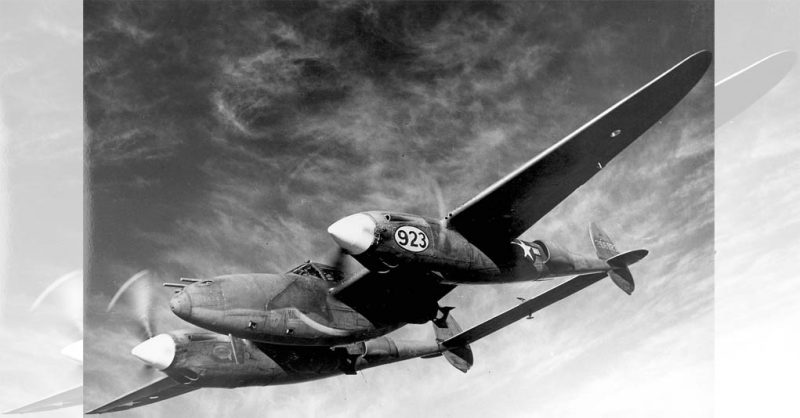On July 31, 2007, a family was having a day out on a beach in Wales. They made an amazing discovery – a World War II fighter plane, half covered in sand, emerging from the shallows.
The US International Group for Historic Aircraft Recovery heard of the discovery in September, and flew a team over in October, headed by Ric Gillespie. They identified the aircraft as a United States Lockheed P38 ‘Lightning’ fighter which had crash-landed into the beach sixty-five years before. The sands covering the plane had unusually shifted to reveal the aircraft. Since the inspection, the unpredictable sands have once again covered the fighter.
Gillespie has compared the disappearing plane to Brigadoon, the Scottish village of folklore that appears and vanishes. The Welsh, however, are not too happy about the Scottish references.
The IGHAR plans to recover the relic, which is almost intact, and the British Museum has expressed a desire to collaborate. The Imperial War Museum and the Royal Air Force Museum want to help too.
Gillespie has tried to keep the location of the wreck secret, for fear of looters. British aviation publications have so respected this and not published the location. Welsh authorities have agreed to watch the fighter as it is exposed by tides.
The P-38 is the oldest in existence, as well as the oldest surviving aircraft from the US 8th Air Force. It flew on a twin engine, an innovation of Clarence ‘Kelly’ Johnson in the 1930s. It was one of the most successful fighters of World War II. It was widely used in both Europe and the Pacific. Ten thousand were built, of which 32 complete and incomplete frames still exist. Ten of these may be airworthy.
The Welsh Lightning was built in 1941 and was engaged in combat along the coast of Belgium and the Netherlands in 1942. Its pilot was Second Lieutenant Robert F ‘Fred’ Elliot. He came from Rich Square, California and was 24 years old. He flew ten successful combat missions. A fuel supply problem forced him to attempt a landing on the Welsh beach. It crashed into the shallow water and lost a wingtip. Elliott survived and joined a mission over Tunisia, where he was shot down. His body was never recovered.
His nephew, also Robert Elliott, an engineering consultant from Blountville, Tennessee, was amazed to learn of the discovery of his uncle’s ship. Robert is his only living relative. He has spent almost thirty years gathering information about his life and death. All he knew about his uncle’s Welsh adventure was that ‘he ditched a P-38 and was uninjured’.
